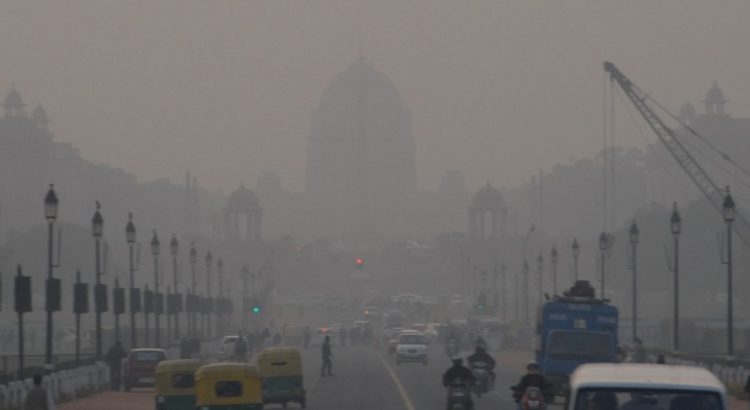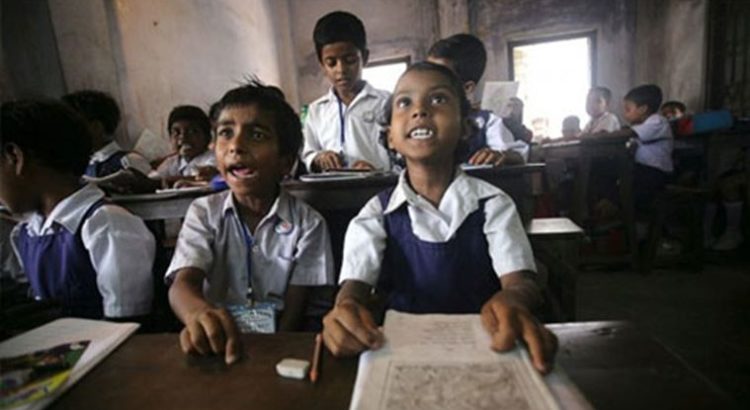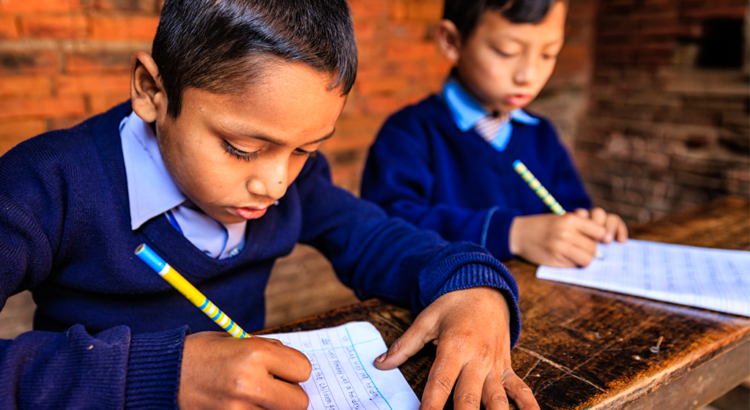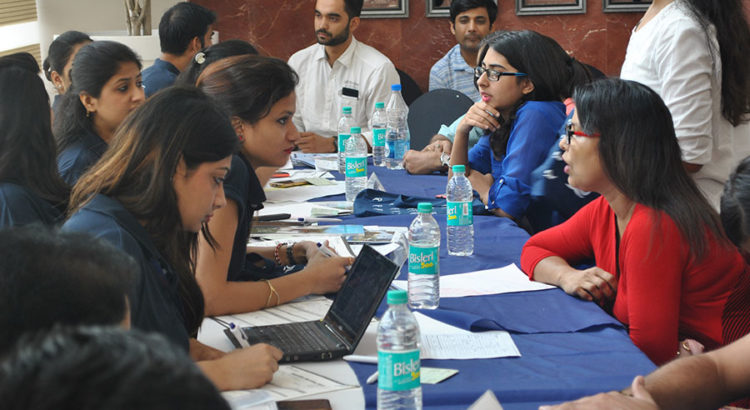Los niveles de polución superan casi 30 veces los límites recomendados por la OMS
El aire de Delhi es notoriamente nocivo, pero, incluso para los estándares de esta ciudad, la contaminación registrada estos últimos días ha sido alarmante, alcanzando niveles casi 30 veces superiores a los límites recomendados por la Organización Mundial de la Salud (OMS). El 7 de noviembre el Gobierno decidió cerrar las escuelas de primaria, y al día siguiente aplicó esta medida a todas las escuelas públicas y a la mayoría de las escuelas privadas.
Según datos facilitados por el Comité de Control de la Contaminación de Delhi, en algunas zonas de la ciudad los niveles de PM 2,5 —unas partículas minúsculas que pueden penetrar profundamente en los pulmones— se habían disparado a más de 700 microgramos por metro cúbico, lo que se considera peligroso para la respiración. Los científicos estiman que estas partículas ya han provocado la muerte de millones de personas.
El Viceprimer Ministro del estado de Delhi, Manish Sisodia explicó que el miércoles por la mañana, cuando conducía su coche para dirigirse a una reunión, pasó junto a un autobús escolar y vio a dos niños que abrían la ventana y se ponían malos debido a la intensa contaminación. “Me quedé impresionado”, dijo. “Inmediatamente me puse en contacto con mis agentes para que dieran la orden de cerrar todas las escuelas”.
El ministro de Delhi, Arvind Kejriwal, ha dicho que se volverán a examinar los niveles de contaminación, tras lo cual se decidirá si se deberá mantener las escuelas cerradas durante más tiempo.
Más de cuatro millones de niños no están asistiendo estos días a la escuela porque es más seguro que se queden en casa en lugar de ir y volver de la escuela pasando por calles con una elevada contaminación atmosférica. El problema es que la mayoría de las casas de Delhi no disponen de filtros de aire. Los funcionarios han reconocido que esta es la primera vez que se cierran tantas escuelas durante tantos días.
AIPTF: los docentes instan al Gobierno de Delhi a tomar medidas urgentes para controlar la situación
Una de las organizaciones nacionales afiliadas a la Internacional de la Educación, la All India Primary Teachers Federation (AIPTF), ha expresado serias preocupaciones por el peligroso nivel de contaminación del aire y la niebla tóxica que hay en Delhi.
La quema de paja en los estados vecinos ha contribuido a incrementar la contaminación del aire de la capital, subraya el Secretario General de la AIPTF, Kamala Kant Tripathy. “Esta situación es muy peligrosa, sobre todo para la gente pobre y los estudiantes jóvenes que tienen que pasar mucho tiempo en la calle. Estas condiciones podrían provocar daños irreparables para la salud”, añade.
Tripathy ha solicitado al Gobierno de Delhi que tome medidas inmediatas para controlar la situación y que, mientras, mantenga las escuelas cerradas. También ha pedido al Gobierno que “elabore un plan exhaustivo a largo plazo para frenar la contaminación del aire y la niebla tóxica, un fenómeno que se está produciendo todos los años”.
La actual situación en Delhi deja patente los efectos del cambio climático como consecuencia de una explotación y un consumo descontrolados y desregulados de los recursos naturales, señala Tripathy. El Secretario General de la AIPTF ha pedido la colaboración de los gobiernos centrales y estatales y de los ciudadanos y ciudadanas de la India para solucionar este problema. También ha garantizado a las autoridades públicas el pleno apoyo por parte de los afiliados de la AIPTF para ayudar a resolver esta peligrosa situación medioambiental.
La Internacional de la Educación espera que el 23º período de sesiones de la Conferencia de las Partes (COP 23) de la Convención de las Naciones Unidas sobre el Cambio Climático, que se está celebrando estos días en Bonn (Alemania), se centre en encontrar soluciones a largo plazo para estas catástrofes medioambientales, e invita a los países participantes en la COP23 a que incluyan módulos sobre el cambio climático en los planes de estudio nacionales.
Fuente: https://www.ei-ie.org/spa/detail/15525/india-la-contaminaci%C3%B3n-del-aire-obliga-a-cerrar-miles-de-escuelas-inmovilizando-a-millones-de-estudiantes















 Users Today : 22
Users Today : 22 Total Users : 35460713
Total Users : 35460713 Views Today : 45
Views Today : 45 Total views : 3419869
Total views : 3419869